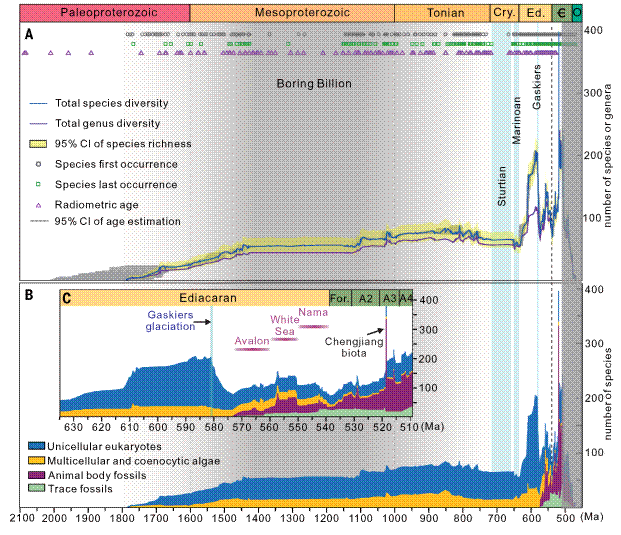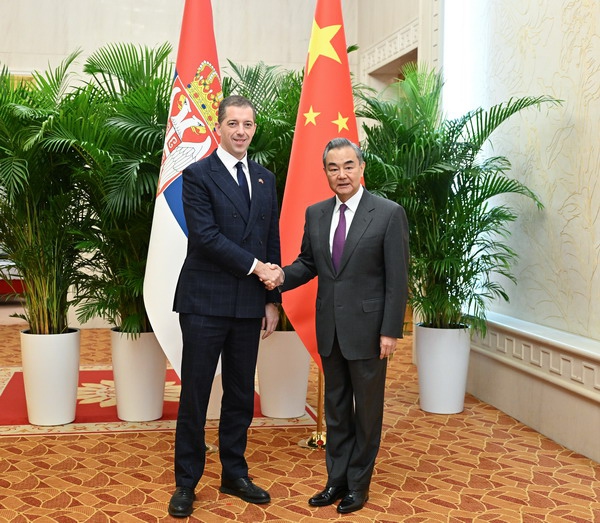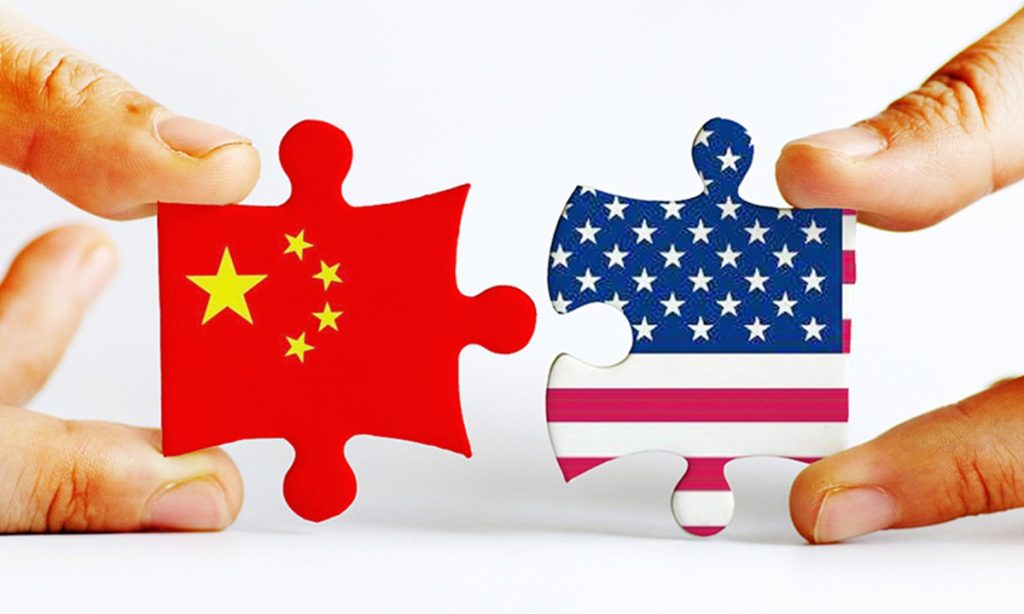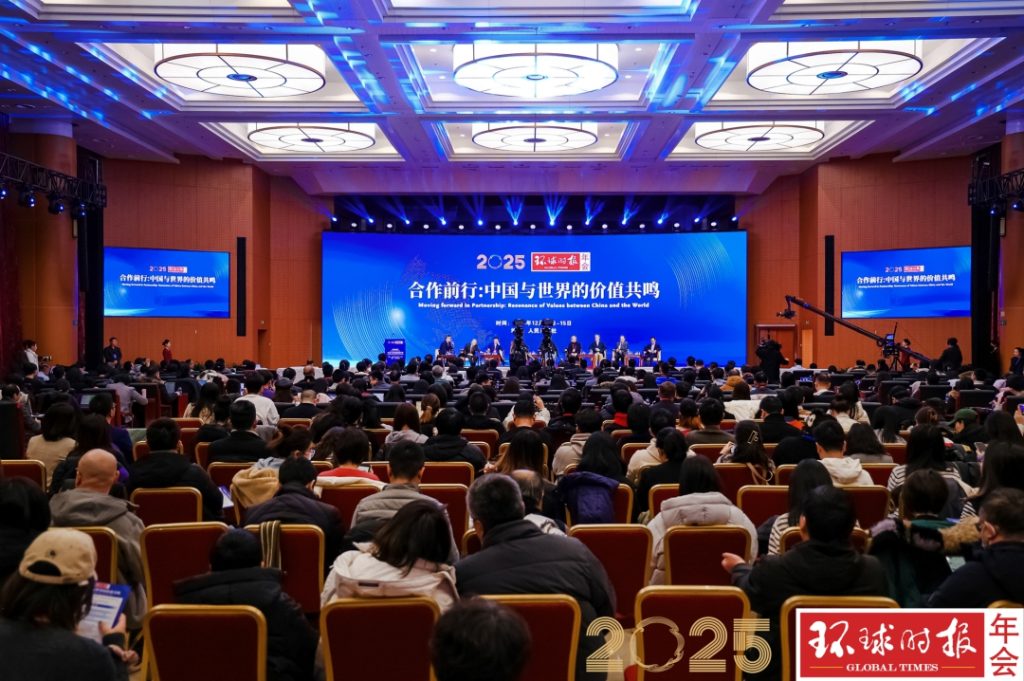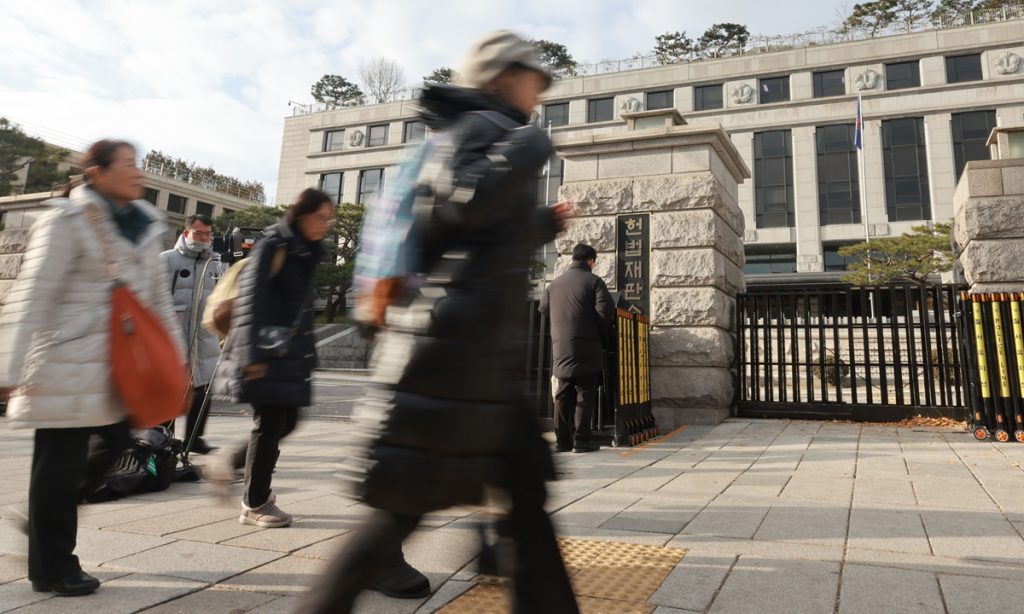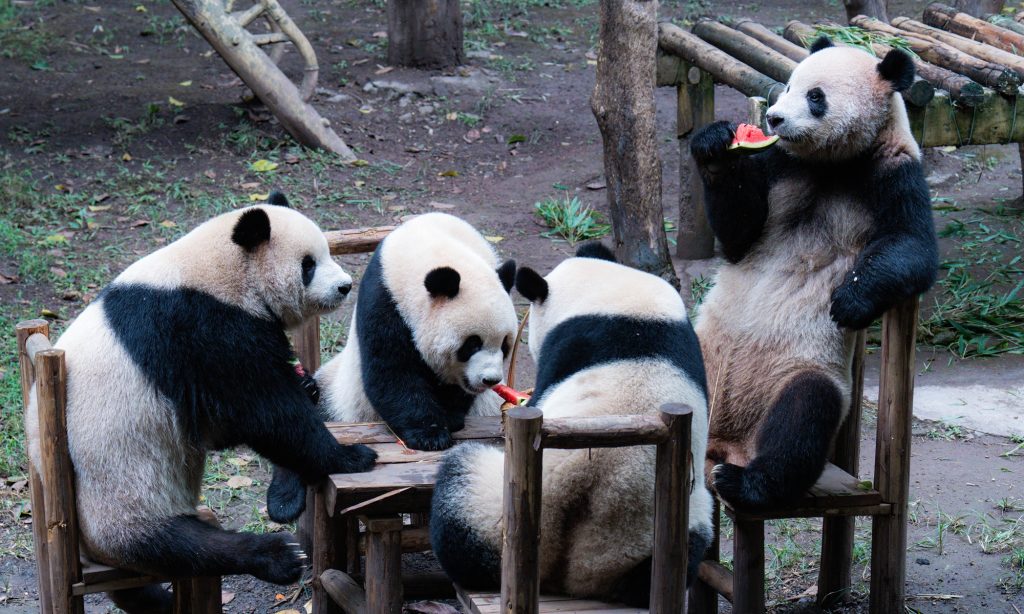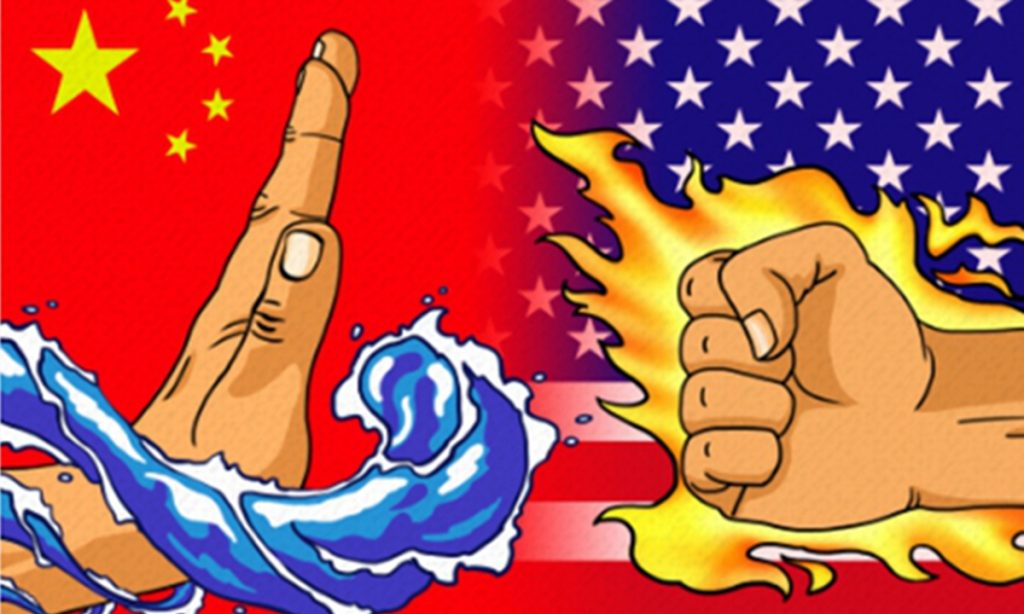China's first Type 076 amphibious assault ship leaves dockyard, soon to enter next phase of outfitting and calibration

China's first Type 076 amphibious assault ship, the Sichuan, left the dockyard on Sunday morning. This marks the completion of the construction of the main ship, and the vessel will soon enter the next phase of outfitting and calibration, China Central Television (CCTV) reported.
The work of outfitting and calibration involves the debugging of the ship's power system, the installation and debugging of various electronic devices and weapon systems, as well as the interior decoration of the ship's compartments. This part of the work will be carried out by factory personnel. After this phase is completed, mooring tests and sea trials will be conducted jointly by the factory and the receiving naval unit, according to the CCTV's report.
The Sichuan was launched in Shanghai on Friday. It has a full load displacement of more than 40,000 tons, is equipped with a double island superstructure and a full longitudinal flight deck, and innovatively applies electromagnetic catapult and arresting technology, according to China Bugle, an official media account affiliated with PLA's news media center.
The Sichuan did not leave the dockyard at the launch day due to a scientific assessment that considered specific conditions such as tide levels, wind strength, and visibility, read the CCTV report.
Specifically, the water level in the dock must exceed a certain level for the ship to fully float, ensuring that the vessel can smoothly rise and leave the dock entrance, and the wind strength should not exceed level 6 on the Beaufort scale, with wind speeds not exceeding 10.8 m/s.
Besides, during the undocking process, the tugboat operators need to have a clear view of the surrounding environment and obstacles to make timely and correct maneuvers. Generally, visibility is required to be no less than 150 meters.
"The ship leaving the dockyard indicating that the hull is in good condition and that the ship's watertightness has been thoroughly inspected," an anonymous military expert told the Global Times on Sunday.
According to Wang Ya'nan, chief editor of Beijing-based Aerospace Knowledge magazine, after leaving the dockyard, the installation of systems related to the entire ship may commence, and the outfitting process may encompass functional systems such as auxiliary power and electronic radar systems.
The anonymous expert noted that the mooring tests will evaluate systems such as the power, electronic, and fire control systems. Additionally, the ship will perform corresponding experiments on its electromagnetic catapult system to prepare for sea trials.
"Mooring tests are very important, as they relate to the overall performance of the hull. When all performance indicators of the tests meet the design requirements, preparations for sea trials can begin," the expert said.
The expert further noted that given the Type 076 amphibious assault ship has adopted many mature technologies, its outfitting and testing time may be shorter than that of the aircraft carrier Fujian.
The PLA Navy's third aircraft carrier, the Fujian, which is China's first warship to utilize the electromagnetic catapult and arresting technology, began the sea trials phase with its maiden voyage on May 1 of 2024 following its launch on June 17, 2022.
Netizens have been actively discussing the Sichuan since its launching, with many expressing their admiration and pride for their motherland. "The Sichuan, breaking waves and riding the wind, moves forward courageously, setting sail toward the deep blue sea!" read a Sina Weibo user's post on Sunday.
